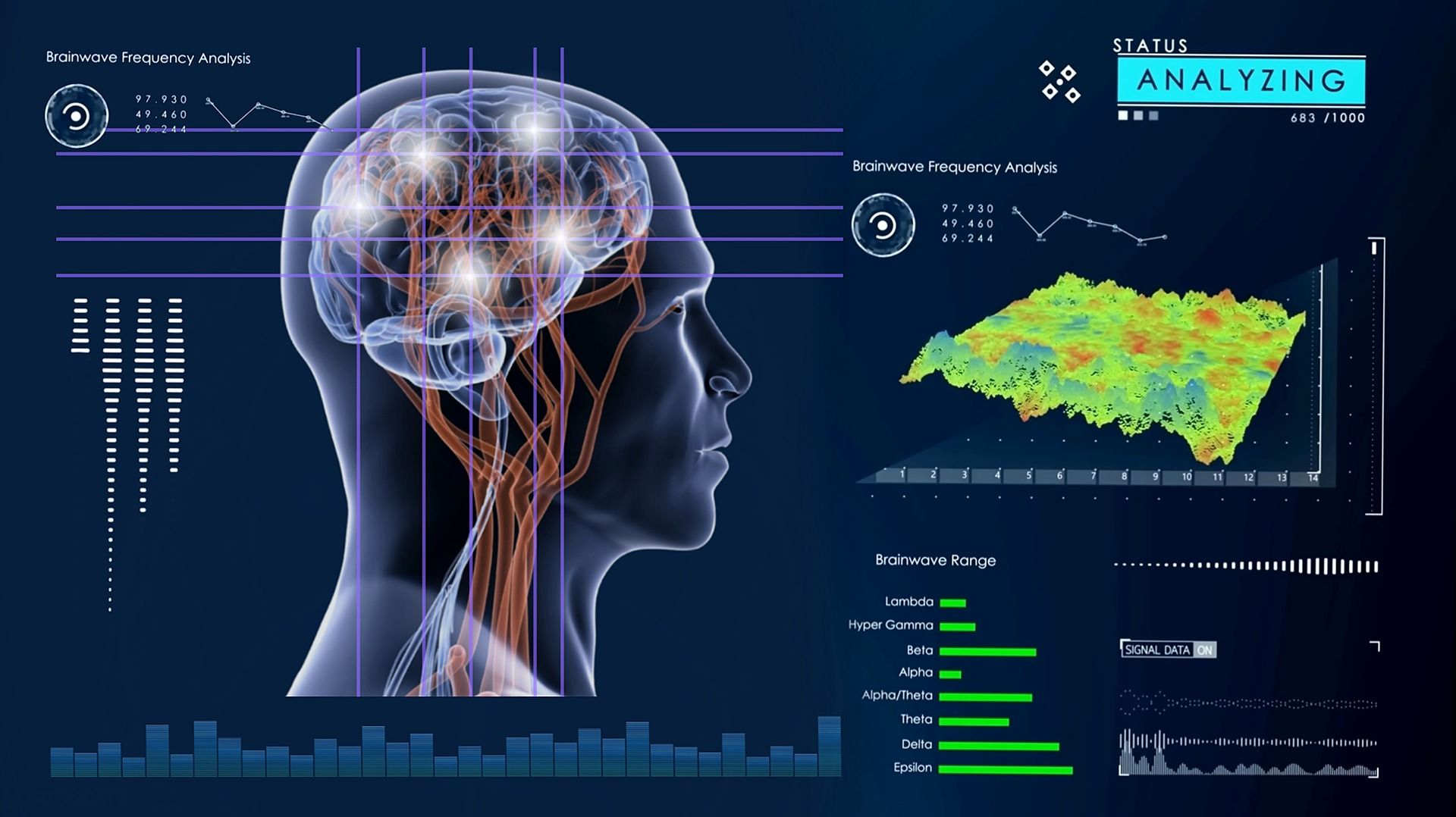Video content is the most frequent form of communication. It’s a meeting recording, it’s a short you’re sending your friends, and it can be something much more. In enterprises, it can be used for trainings and onboarding and many other processes.
This is where video translation comes in. Imagine a multinational business running onboarding in every country for the same set of skills, over and over, they’d have to record one in several different languages. Now, they don’t have to, because of AI video translation and machine learning.
Understanding video translation
Video translation means translating recorded visual content. From the recorded content to spoken content to written content, video translating takes place in three steps principal to the process, transcription, translating, and subtitling.
To get the most accurate service, there are several things to consider. The person translating the language needs to understand the expressions and nuances accurately, they also need to understand the cultural context, and there are space constraints in subtitles they need to account for. Overall, it is a complex process.
Evolution of video translation services
Translation services were mostly based on manual methods. So, there was a person transcribing and then translating the recorded content. This was incredibly time-consuming, and sometimes there would be mistakes missed from context, etc.
Now, we have AI video translation services, where machine learning algorithms, neural networks in particular, have helped us make automatic speech recognition, transcription, translation, and subtitle generation possible.
Machine learning video translation
ML algorithms analyze video content, they recognize the speech, after that, they detect a language. They have the ability to detect multiple languages, and then they generate the translated subtitles. This is some artificial intelligence(AI) were talking about.

There are many advantages to using machine translation when doing video translation. They include accuracy, efficiency, and scalability. The models are accurate, they’re fast and don’t consume time, and you can translate large volumes of video content, making them one of the best video translation tools.
Neural machine translation
NMT is a vital piece of video translation technology. It uses neural networks to translate text from one language to another by taking into account possible language barriers. These models are heavily trained to understand the differences between texts that come from diverse linguistic backgrounds.
The spoken words get transcribed, the video transcription becomes translated text, and the NMT is there to ensure the quality of the text. It’s based on natural language processing, and it’s a part of larger AI video translation systems.
Deep learning for video translation
The accuracy of the AI is highly dependent on deep learning. Quality AI translation will have used deep learning to process certain data. For AI video translation, there’s usually some deep learning architecture in place to improve the accuracy of the translation.
There are many studies that prove the effectiveness of deep learning models in AI translation. Because of these models, anybody’s video content can now reach the global audiences. The global audience can enjoy your content in their language.
AI video translation platforms
AI video translation platforms, i.e. machine translation platforms use advanced machine learning technologies to make the process automatic for any recording that you run through it. There’s usually a paid and a free version. Nevertheless, these platforms offer:
- Real-time translation: It can translate into different languages fast. Using real-time translation, you can cut the cost, because it’s cost-effective, and streamline any onboarding process or upskilling. There’s no need to use Google translate, just use an AI video translator.
- Desired language localization: You get localized content in any of the different languages you can select from. You can take one recording, and translate it into multiple languages. You can even use voice cloning to change your voice.
- Adding subtitles: The AI translation platforms have the ability to add subtitles. This will make your content accessible to everybody. Now, you don’t have to worry about hiring native speakers to translate your videos. You can do it yourself with a few clicks.
Challenges and limitations
Although there are some pretty good AI video translation tools, and now almost any video editing tool can have the same real time translation feature integrated into it, there are still some limitations in speech recognition technology, language barriers, video translation systems, etc.
Challenges in implementing ML in video translation
The challenges include data complexity. Video files contain both visual and auditory input, and with editing, the final clip can contain even some AI elements. It’s difficult to process this data because of its multimodality.
There’s also language variability. You may know the target audience’s language, and it might be your native language, but the model still needs to break down language barriers to give you natural sounding translations.
The entire process relies on understanding the context. Video has those non-verbal cues and other types of visual context that the AI video translation tool needs to understand. This is still an area where it’s likely that human translators are better.
Current approaches limitations
You may have noticed that this technology is widely used. Most marketing videos and some online video content use these AI video translation tools. But, the quality of the translated content is still not exactly as a human would do it.
AI video translation tools are a game changer, a thing that can help us reach a broader audience, but these ML models require incredible processing power and annotated data. Online video AI tools can struggle with domain-specific content.
Finally, it might be good to consider the ethical implications of ML models, i.e. AI video translation solutions. Based on biased training data, we might have some issues with our models providing biased translated content.
Data annotation and training importance
The ML models learn from large amounts of data gathered from various translation projects. This means that you’ll get a live translation based on something that has already been translated. For AI video translation , annotated data is extremely important.
With high-quality annotations on that set of data, the model will make a correlation between translations and the data, i.e. it will learn. There are many ways you can collect and annotate the data, through crowdsourcing, active learning, transfer learning, data augmentation, etc.
Improving accuracy with ensamble learning
This method takes multiple ML models and combines them to improve the accuracy of the translated videos. Enable learning works through prediction aggregation to make a final one, and it either includes voting, bagging, or boosting.
Voting means that there’s a vote on the prediction, the final result is the majority. Bagging is when there are subsets of data for training, and the predictions are averaged to make the final one, and then you have boosting, with sequences of training where the models focus on correcting previous mistakes in each subsequential run.
Real-world applications
There are tons of real-world application for AI video translation. Whether you’re running a business and trying to reach a global audience, improving your blog post, making online courses, there are countless possibilities.

AI video translation can be used in educational institutions to extend the curriculum to foreign students with little effort. It can help in translating video content of international conferences. You can use online video content for marketing purposes.
From online video blogging to increasing your reach with the global audience, AI video translation has many real-world applications, and ML models are there to support those uses and continue developing new ones with more accuracy.
Future of ML in video translation
With no doubt there will be a great future for ML in this sphere, and there will be a focus on improving the accuracy of these models. With the accuracy improved, we can focus on making it more scalable and making it more robust in handling different contexts and languages.
Featured image credit: Gerd Altmann/Pixabay





